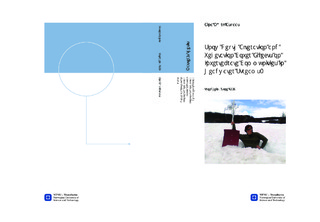| dc.description.abstract | Climate change is expected to influence both snow cover and vegetation cover in the boreal zone. The length, duration and continuity of the snow cover during winter is expected to be altered, leading to increased occurrence of snow-free periods during early winter and spring, and delayed onset of snow cover in the autumn. Furthermore, the increasing temperature is expected to cause a shift in vegetation cover in alpine areas where the tundra vegetation may be replaced by encroaching shrub and forest vegetation. Both snow cover in the winter and vegetation cover in the riparian zone may have strong impacts on the abundance, diversity and composition of the benthic macroinvertebrate community through their effect on temperature and water chemistry. In this study, I examined the effects of vegetation cover and altered snow cover on the benthic macroinvertebrate community and the composition of functional feeding habits. I also examined if the effects of altered snow cover on benthic macroinvertebrate diversity and feeding habit composition differed between vegetation cover types. This was done by manipulating the continuity and depth of snow cover in the catchments of alpine headwater streams with three different vegetation cover types, forest, shrub and tundra, to affect soil temperature and water temperature. I then compared the macro invertebrate diversity and the composition of functional feeding habits in the manipulated streams with control streams with the same riparian vegetation. The diversity and abundance of macroinvertebrates generally decreased along a gradient of decreasing cover by tall woody vegetation in the riparian zone. Furthermore, the alterations in snow cover caused a reduction in abundance and diversity as well as a shift towards more opportunistic species in the manipulated streams. The examination of the combined effects of vegetation cover and snow depth manipulation revealed that the effect of snow depth reduction may be more severe in streams draining tundra than in streams draining forest. Additionally, streams draining shrub vegetation may be the least impacted, possibly reflecting a greater accumulation of snow in shrub vegetation compared to forest and tundra. | |

